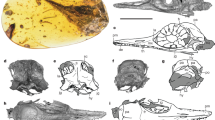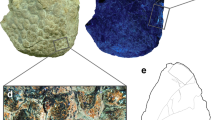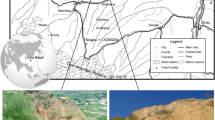Abstract
MR. R. LYDEKKER, F.R.S., lately directed attention in the columns of NATURE to a specimen of the okapi sent home by Dr. Christy from the Congo State, which was stated to be provided with corneous sheaths to its horns, resembling those of an antelope. The specimen has been mounted by Mr. Gerrard, of Camden Town, and is still in his workshop, whilst the skull has been purchased by the Royal College of Surgeons. I have been given the opportunity of examining both the mounted skin and the skull. The skull is of an individual of nearly the same size and age as that presented to the Natural History Museum by the late Captain Boyd Alexander, carefully figured under my superintendence with many other skulls of the okapi in the atlas of my “Monograph of the Okapi,” published in 1910 by the trustees of the British Museum. With the new skull acquired by the College of Surgeons, and apparently belonging to the same animal as the skin, is a pair of small ossicones, not yet ankylosed to the skull, measuring about 2 in. along the longer side from point to base. They are of the same shape and little shorter than those of Boyd Alexander's specimen. In neither skull is there as yet a tuberculated surface of the frontal bone developed for the attachment of the ossicone. In the Boyd Alexander specimen each ossicone stood up as a projecting cone, and was covered with the hairy skin except for a small area at the free end, where the hair seems to have been rubbed away, or removed in preparing the skin, as may be seen in the mounted specimen in the Natural History Museum. In Major Powell-Cotton's specimen, of which both skin and skeleton are in the museum, each ossicone is longer, slightly compressed from side to side, and claw-like in shape, the point curved downward and backward; and each ossicone rests on a pitted and tuberculated surface of the frontal bone, to which it is closely fitted but not yet ankylosed.
This is a preview of subscription content, access via your institution
Access options
Subscribe to this journal
Receive 51 print issues and online access
$199.00 per year
only $3.90 per issue
Buy this article
- Purchase on Springer Link
- Instant access to full article PDF
Prices may be subject to local taxes which are calculated during checkout
Similar content being viewed by others
Rights and permissions
About this article
Cite this article
LANKESTER, E. Supposed Horn-Sheaths of an Okapi. Nature 95, 64–65 (1915). https://doi.org/10.1038/095064a0
Issue Date:
DOI: https://doi.org/10.1038/095064a0
Comments
By submitting a comment you agree to abide by our Terms and Community Guidelines. If you find something abusive or that does not comply with our terms or guidelines please flag it as inappropriate.



